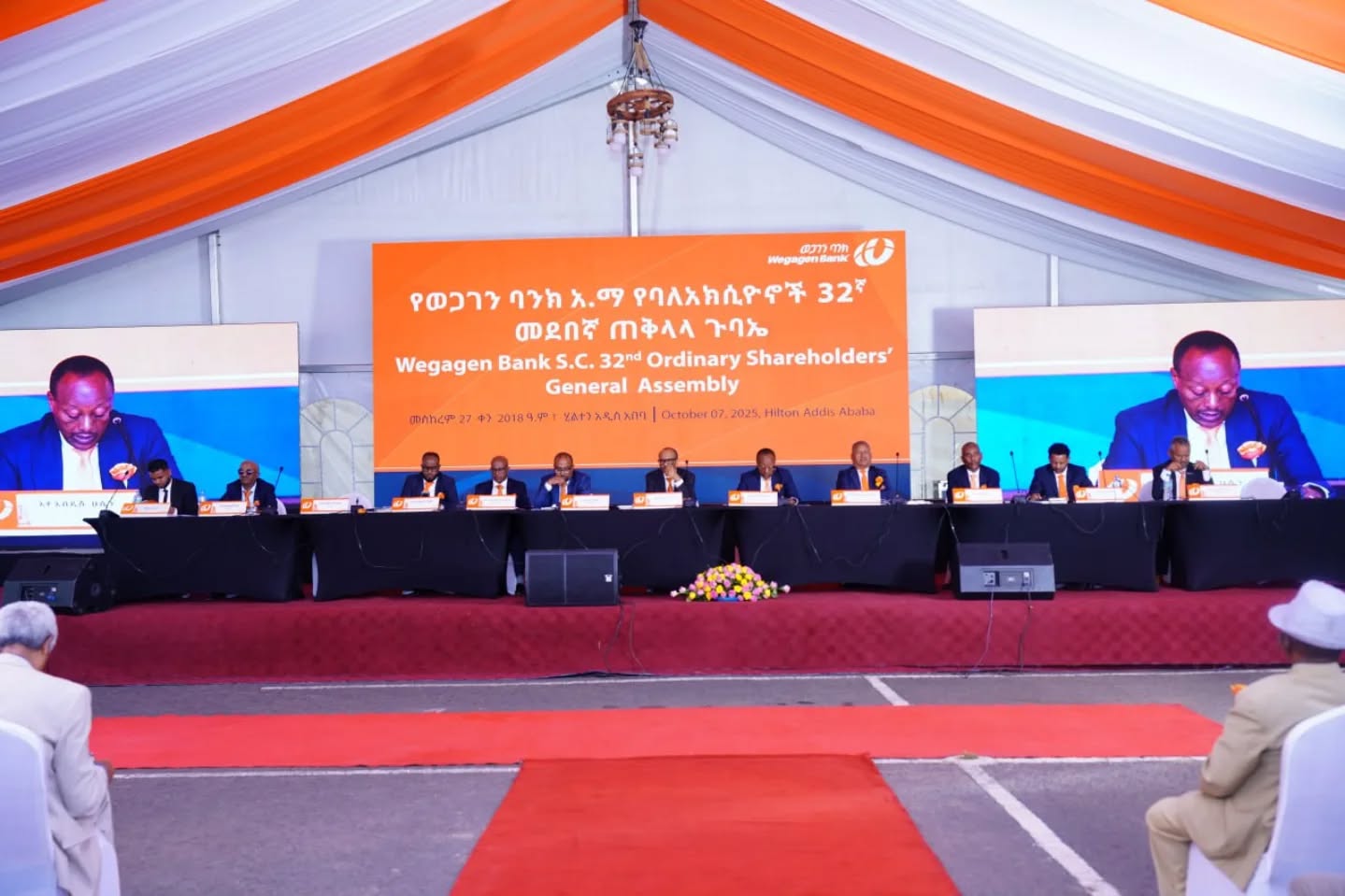
Apr 13 , 2019
By Abdi Zenebe (PhD)
The current Ethiopian political landscape is characterised by the ambivalence of major reforms aimed at responding to the perennial demands of democratisation and development on the one hand and violent contestation in many parts of the state on the other. The process of political liberalisation and the opening up of the political space, encouraging the involvement of various groups in the Ethiopian political sphere, has transformed the nature of violent conflict in different parts of the state.
The vertical form of violence that had been persistent in the past, prior to Prime Minister Abiy Ahmed’s (PhD) assumption of power, is now transformed to a degree by a horizontal form of violence within and across regional states. The latter type of conflict is currently threatening to thwart people’s hard-earned successes towards democratisation. It has been a cause for suffering and displacement for millions of Ethiopians.
Most of these violent contestations have historical roots and structural dimensions. Several prominent scholars have recorded historically-rooted rivalry over natural resources and trade routes. The violent contestation over grazing land and water have been common occurrences for centuries.
The state formation process that created modern-day Ethiopia has also created persistent contestation between the central government and the provinces. The structural measures introduced by neither the Dergue nor the EPRDF addressed the political and economic demands of the people. The Dergue’s emphasis on the national security issues and the neglect of democratic concerns paved the way for dissident groups to galvanise support to their own end.
Similarly, the EPRDF government’s focus on group rights neglected individual rights, economic equality and environmental security. The persistent demand of the Ethiopian people to ensure freedom, democracy and development have brought a political transition in Ethiopia.
Besides the structural impediments that are rooted in history, what best explains persistent violence in Ethiopia today are elite- and discourse-based analysis.
The elite-based analysis concerns the rivalry and trend of polarisation among political actors. The agenda and discourse of politics in Ethiopia are, largely, set by the urban-based political elites that act and control political parties, media agencies and pressure groups such as activists. These actors set normative agendas and mobilise the Ethiopian people according to their whims. Most political groups do not have talking points based on polls or research.
In today’s Ethiopia, political groups can be categorised into three broader groups. In the first are ethno-nationalist political parties and activists, which are often active at the regional level. The others are the nationalist parties that seek to establish influence across the state at large and also coalition parties made up of different political groups.
Given weak democratic institutions, poor democratic culture and fragile security conditions, the behaviour and actions of these political actors have a detrimental impact on the mode of political engagement in Ethiopia. Particularly, the absence of a well-established democratic culture and practice of compromise has contributed to the growing polarisation in different parts of Ethiopia.
Abrupt political liberalisation has created what I would like to call “the agonies of freedom” across diverse political circles. This is exemplified in the intolerance expressed by political groups among each other and in the momentum they have given to mob mobilisation.
The other source of violent contestation in many parts of Ethiopia is the discourse of political engagement that revolves around identity claims, which are expressed in the form of ethnicity or nationalism. This discourse, broadly stated as the “nationality question,” has a long and divisive history in Ethiopia, having been a key political instrument of mobilisation since the 1960s.
The Imperial and Dergueregimes have fought with ethnonationalist groups for decades by claiming that they were threats to the national integrity and survival of the state. However, they failed to kill the momentum.
The EPRDF would be the first to try and answer ethnonationalist demands and in fact instituted a federal structure along lingo-cultural lines. But the nationalist discourse never died away and support toward it continues to come from multiple corners of Ethiopia.
Both nationalisms are part and parcel of the Ethiopian sociopolitical fabric. One could not emerge as the ultimate victor in this rivalry. The elite political experience and the political culture of Ethiopia have created the two discourses. The focus then should be directed toward developing a political space that is capable of accommodating the two.
The focus on the anachronistic and divisive agenda of the two nationalisms has particularly marginalised the Ethiopian youth and threatens to hijack the political momentum of change. It is not only threatening the stability of the people in many parts of Ethiopia but also indicates a disconnect between the youth and most of the political parties, which were established in the 1960s and demonstrate limited knowledge about the urgent demands of the youth. The concerns and political discussion should also include issues of security at multiple levels such as economic, food and health security.
The cause of violent contestation is the acrimonious nature of political discourse that came out of the political atmosphere that resisted diversification. Compromise between political actors and the genuine involvement of the youth in decision-making arenas are thus crucial steps the state needs to take.
Political liberalisation in Ethiopia, in a very short period, resulted in the widening of the political space. A large number of political parties, media outlets, activists, and other groups’ active political participation attests to the degree of the political liberalisation in Ethiopia.
However, the presence of limited content of discussion indicates the suppression of several human security concerns. Parties and political groups should reorient the agenda of discussion from the divisive nationalism discourse and give coverage to issues that transcend this division. In this regard, the media - both traditional and new - should play a prominent role alongside political parties, democratic institutions, civil society and activists.
The absence of a sustainable political platform that allows political groups to express their opinions and concerns has also contributed to the growing political polarisation that ensued in violent contestation. Hence, political parties and groups should set up a sustainable platform to address their respective concerns; work together to protect the political platform that is created and collaborate to resolve common challenges.
Perhaps the most critical task is to involve the youth in politics. Underground youth movements spearheaded the political transition that ended the authoritarian system in Ethiopia. All political actors should give the concerns of the youth utmost priority. The high unemployment rate among the youth and the wide presence of hate speech and misinformation on social media has made the youth vulnerable to political manipulation.
Identifying mechanisms to ensure genuine participation of the youth in the political sphere should be accompanied by harnessing the immense potential of the youth for constructive purposes.
PUBLISHED ON
Apr 13,2019 [ VOL
20 , NO
989]


Viewpoints | Oct 21,2023

My Opinion | Dec 16,2023

Editorial | Nov 04,2023
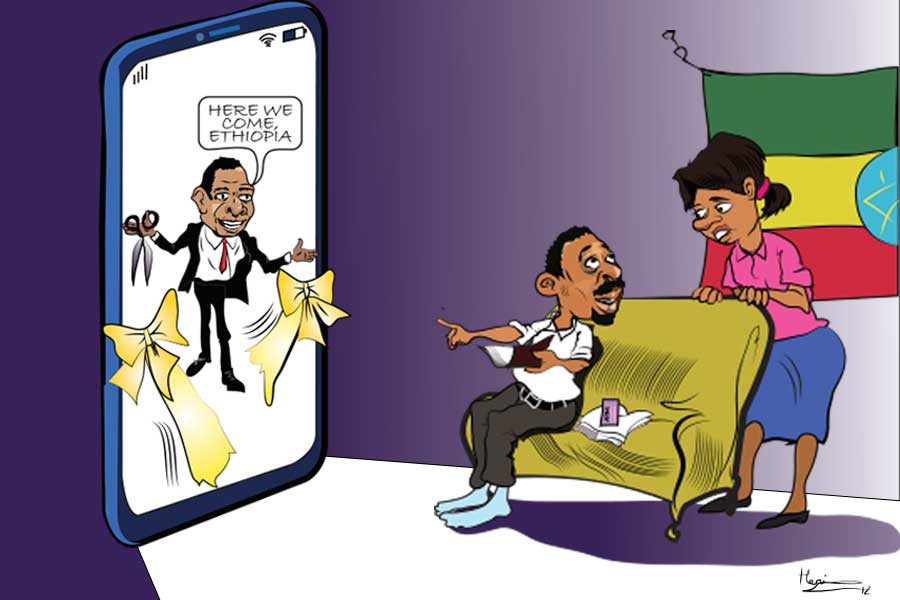
Editorial | Jun 07,2020

Viewpoints | Jul 22,2023

Viewpoints | May 16,2020

Radar | Oct 26,2019

Fineline | Mar 16,2019

Sunday with Eden | Oct 10,2020
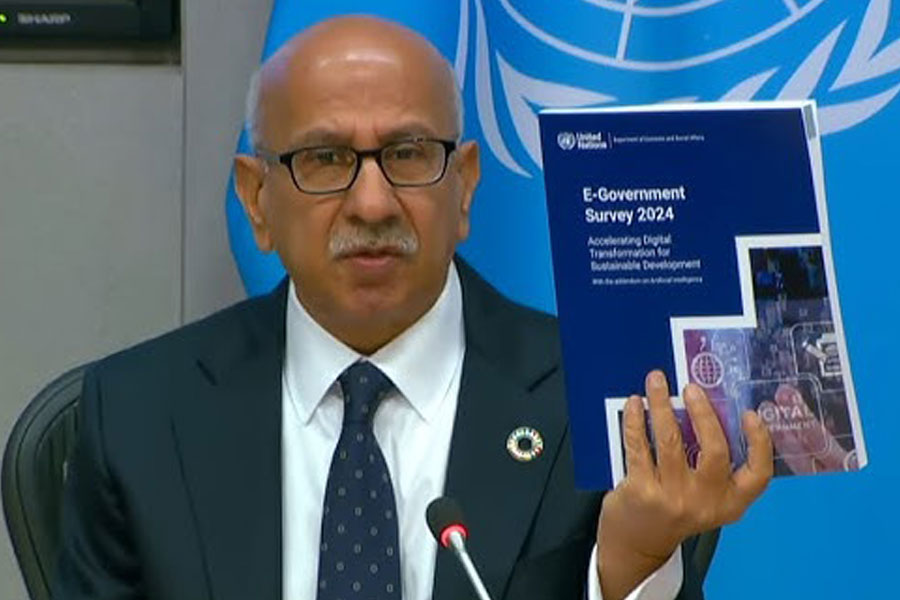
Fortune News | Sep 28,2024

Photo Gallery | 170928 Views | May 06,2019

Photo Gallery | 161167 Views | Apr 26,2019

Photo Gallery | 150839 Views | Oct 06,2021

My Opinion | 136268 Views | Aug 14,2021


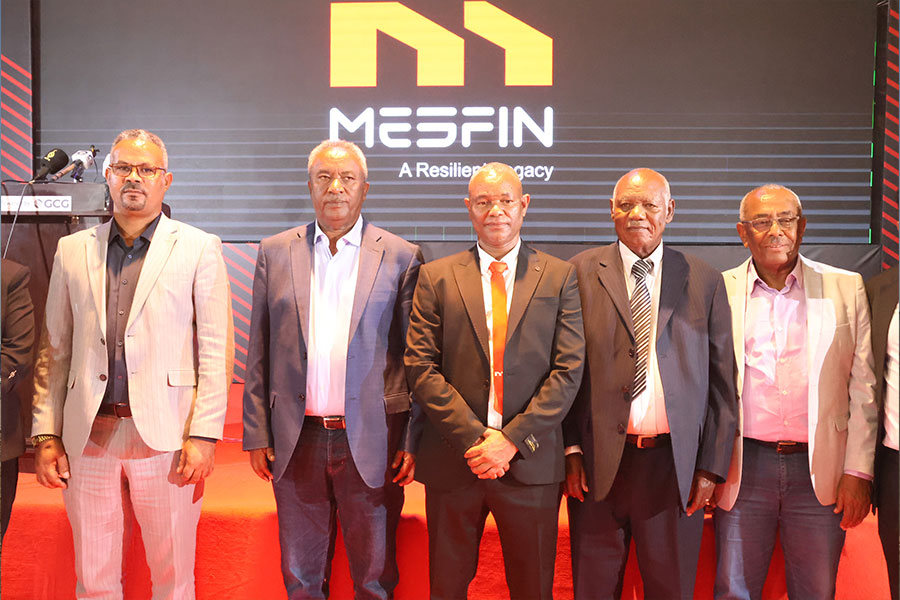
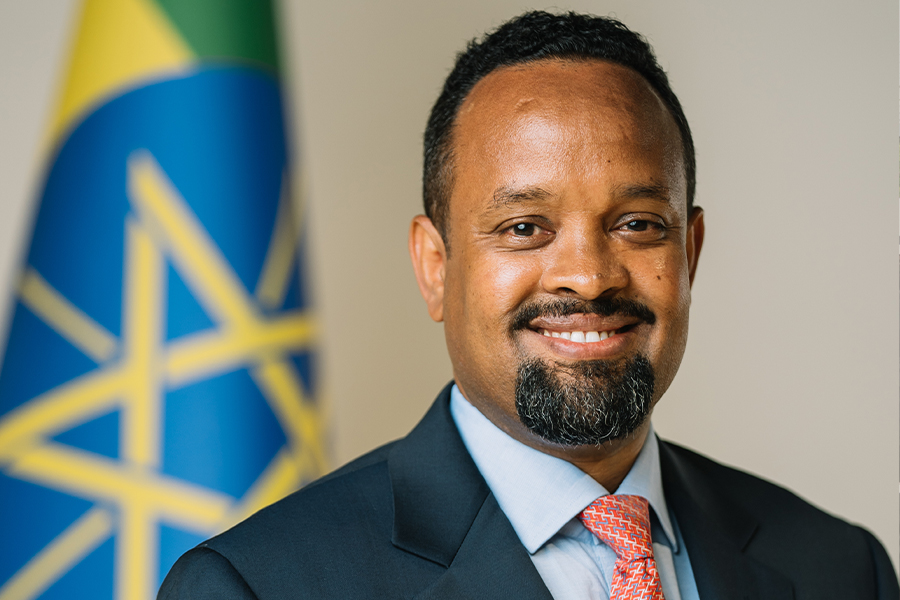

Dec 22 , 2024 . By TIZITA SHEWAFERAW
Charged with transforming colossal state-owned enterprises into modern and competitiv...

Aug 18 , 2024 . By AKSAH ITALO
Although predictable Yonas Zerihun's job in the ride-hailing service is not immune to...

Jul 28 , 2024 . By TIZITA SHEWAFERAW
Unhabitual, perhaps too many, Samuel Gebreyohannes, 38, used to occasionally enjoy a couple of beers at breakfast. However, he recently swit...

Jul 13 , 2024 . By AKSAH ITALO
Investors who rely on tractors, trucks, and field vehicles for commuting, transporting commodities, and f...

Oct 4 , 2025
Eyob Tekalegn (PhD) had been in the Governor's chair for only weeks when, on Septembe...

Sep 27 , 2025
Four years into an experiment with “shock therapy” in education, the national moo...

Sep 20 , 2025
Getachew Reda's return to the national stage was always going to stir attention. Once...

Sep 13 , 2025
At its launch in Nairobi two years ago, the Africa Climate Summit was billed as the f...

Oct 5 , 2025 . By NAHOM AYELE
In Meqelle, a name long associated with industrial grit and regional pride is undergo...

Oct 5 , 2025 . By BEZAWIT HULUAGER
The federal government is set to roll out a new "motor vehicle circulation tax" in th...
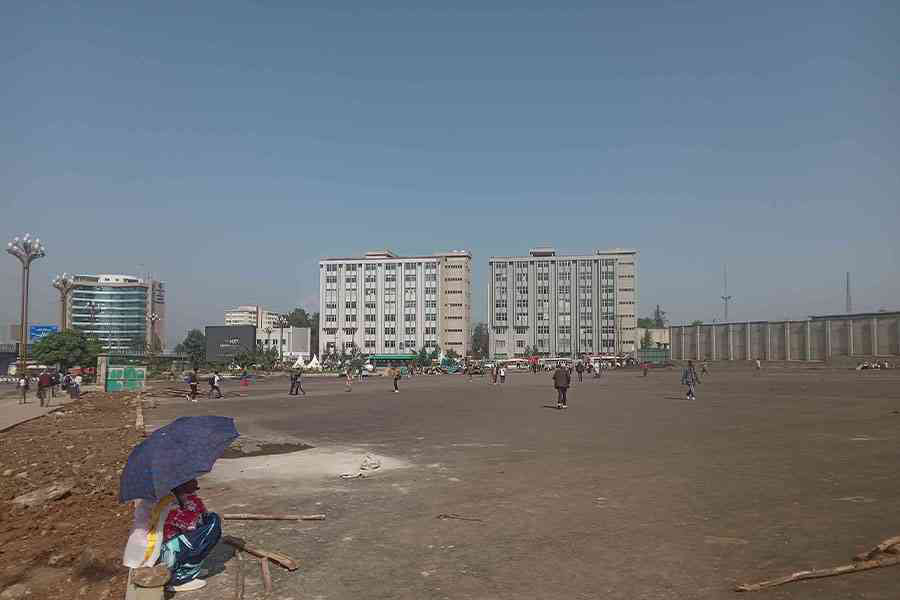
Oct 5 , 2025 . By NAHOM AYELE
The Bank of Abyssinia is wrestling with the loss of a prime plot of land once leased...

Oct 5 , 2025 . By BEZAWIT HULUAGER
The Customs Commission has introduced new tariffs on a wide range of imported goods i...